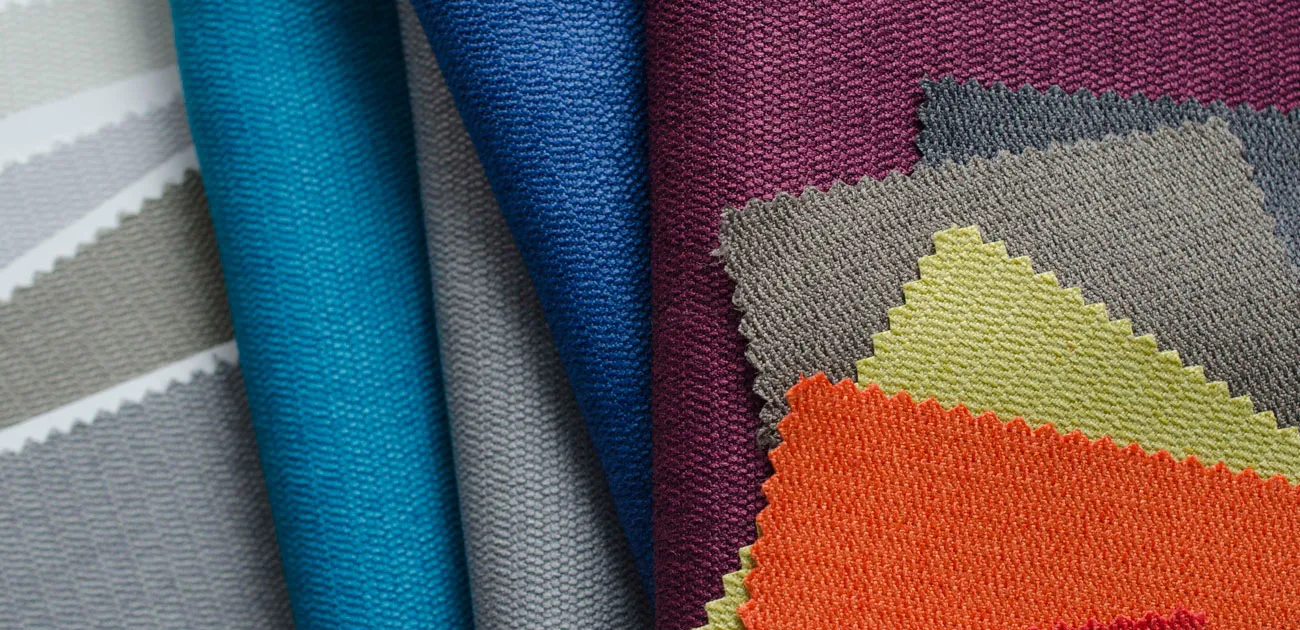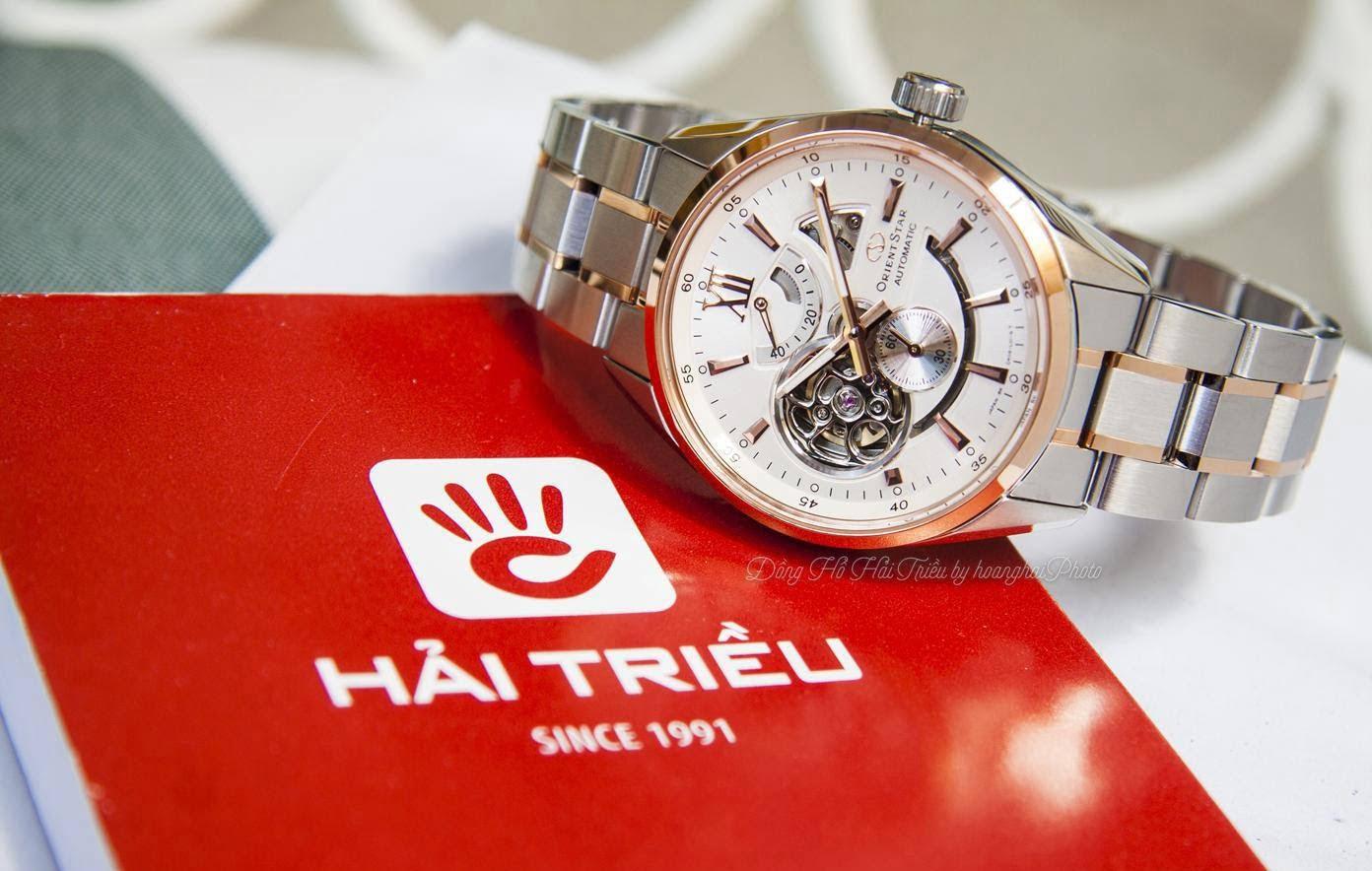Contract Fabrics: Where Durability Meets Design in Commercial Interiors

Contract Fabrics: Where Durability Meets Design in Commercial Interiors
Designing a commercial space isn’t just about making it look good—it’s about making it last. With constant use, spills, sun, and strict safety codes, the materials you choose need to work harder than ever. That’s where contract fabrics come in.
From upscale hotel lounges to hard-working healthcare waiting rooms, contract fabrics are the go-to choice for commercial interiors that need beauty, strength, and compliance all in one.
In this article, we’ll explain what contract fabrics are, why they’re essential, and how to use them to create spaces that stand the test of time—without sacrificing style.
📌 Table of Contents
-
What Makes a Fabric “Contract Grade”?
-
Core Benefits of Using Contract Fabrics
-
Most Popular Applications Across Industries
-
Key Performance Features to Look For
-
Style and Substance: Yes, You Can Have Both
-
Contract Fabric Certifications You Should Know
-
Final Takeaway
-
FAQs
What Makes a Fabric “Contract Grade”?
A contract fabric is a textile that has been engineered specifically for commercial environments where performance, safety, and durability are top priorities.
Unlike standard or residential fabrics, contract fabrics are tested and certified to endure:
-
Heavy foot traffic and daily use
-
Frequent cleaning and sanitation
-
Fire and building safety regulations
-
Sunlight exposure and moisture
They’re the workhorses of the design world, found in places where appearance and performance both matter.
Core Benefits of Using Contract Fabrics
Let’s take a closer look at why these fabrics are the industry standard for commercial settings:
💪 Extreme Durability
Contract fabrics are abrasion-tested (often 30,000+ double rubs) to ensure they last years longer than standard textiles—even in high-traffic spaces.
🔥 Fire-Safe by Design
Most contract fabrics meet national or regional fire safety codes, making them suitable for public venues, offices, and hospitality.
🧼 Easy to Clean
Built to handle frequent cleaning, many contract fabrics are stain-resistant, water-repellent, and treated with antimicrobial finishes.
🌞 Fade and UV Resistant
They’re made to resist fading, which is especially important in sun-filled lobbies, waiting areas, and conservatories.
🎯 Cost Efficiency
Yes, they cost more up front—but they save on replacements and repairs in the long run.
Most Popular Applications Across Industries
You’ll find contract fabrics just about anywhere people gather, work, or stay. Here's a look at where they're used:
| Industry | Common Applications |
|---|---|
| Hospitality | Upholstered headboards, banquet chairs, hotel drapery |
| Corporate | Desk chairs, cubicle dividers, acoustic wall panels |
| Healthcare | Medical seating, exam room privacy curtains |
| Education | Library lounge areas, dorm furniture, classroom chairs |
| Retail | Changing room drapes, display backdrops, café seating |
| Transport | Bus and train seats, airport lounges, marine seating |
In each case, these fabrics are chosen for compliance, performance, and comfort.
Key Performance Features to Look For
Choosing the right contract fabric isn’t just about color or texture—it’s about ensuring it can perform under pressure.
Look for these specs:
| Feature | Why It Matters |
|---|---|
| Abrasion Rating | More than 30,000 double rubs means excellent long-term wear |
| Fire Retardant | Must meet local codes (e.g., BS 5867, CAL 117, IMO) |
| Anti-Stain Finish | Resists spills—perfect for restaurants, lounges, and schools |
| Antimicrobial Coating | Prevents bacteria and mold—ideal for healthcare and childcare |
| Colorfastness | Won’t fade with cleaning or sunlight |
Always request test results or certificates to ensure you're getting true contract-grade fabric.
Style and Substance: Yes, You Can Have Both
Gone are the days when “durable” meant “ugly.” Today’s contract fabrics come in a wide range of textures, patterns, and colors to fit every brand and design theme.
Popular Design Trends in Contract Fabrics:
-
Textured weaves that add depth without sacrificing performance
-
Velvet-look finishes with high rub counts for elegance in hospitality
-
Sustainable options made from recycled fibers
-
Acoustic fabrics that improve sound control and look stylish doing it
Manufacturers now work hand-in-hand with interior designers to create design-forward options that meet even the toughest project specs.
Contract Fabric Certifications You Should Know
When sourcing contract fabrics, make sure they’re tested and certified. Some common standards include:
| Certification | What It Means |
|---|---|
| BS 5867 / EN 1021 | European flame-retardant standards for curtains and upholstery |
| CAL 117 | U.S. flammability standard for upholstered furniture |
| IMO | Required for marine environments |
| OEKO-TEX® | Fabric free from harmful substances |
| GREENGUARD | Low-VOC emissions, good for indoor air quality |
These certifications ensure you're not just getting fabric that looks good—but also performs and protects.
Final Takeaway
In today’s fast-paced commercial environments, choosing the right fabric isn’t just about taste—it’s about trust. Contract fabrics provide the durability, safety, and design flexibility needed to create spaces that impress customers, protect users, and stand the test of time.
So whether you’re outfitting a trendy café, modern hotel, or a high-traffic office—investing in contract fabrics is a choice that pays off in looks, function, and peace of mind.
FAQs
1. Can I use contract fabrics at home?
Absolutely! Many homeowners choose them for high-use areas like family rooms or kid spaces thanks to their durability.
2. How long do contract fabrics last?
With proper care, most contract fabrics last 5–10+ years—even under heavy daily use.
3. Are there eco-friendly contract fabrics?
Yes. Many are made from recycled polyester or low-VOC materials and carry sustainability certifications.
4. How do I know if a fabric is “contract grade”?
Look for abrasion test results (Martindale or Wyzenbeek), fire ratings, and supplier-provided certifications.
5. Are contract fabrics more expensive?
Typically yes, but their extended lifespan and reduced maintenance needs make them more economical over time.
Sponsor:




